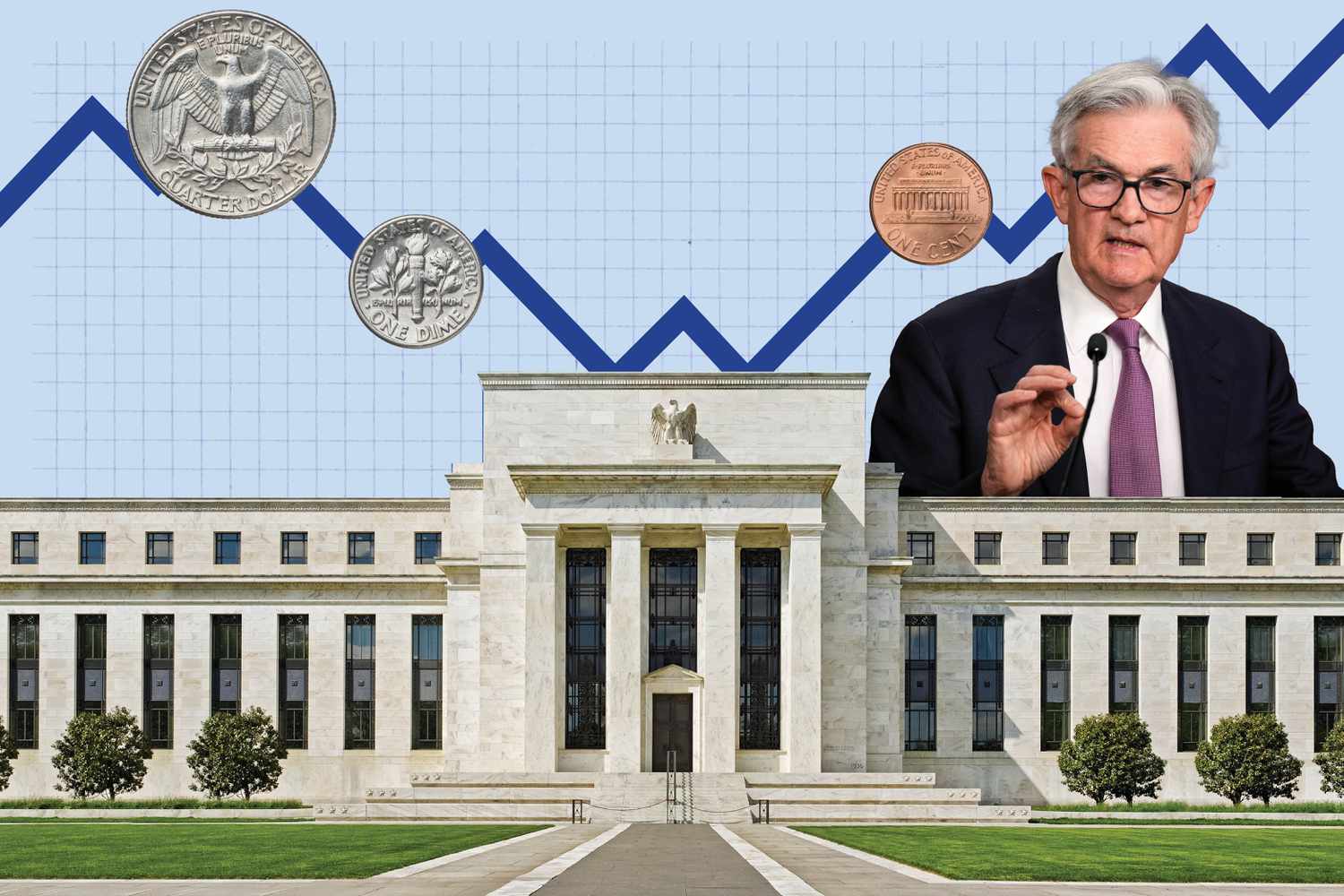 Image Source: Investopedia
Image Source: Investopedia
The US Federal Reserve lowered interest rates by 25 basis points to a range of 3.75%-4.00%, marking the second consecutive cut this year. The Fed also announced it will end asset runoff in December, balancing inflation concerns and labor market risks amid limited economic data due to the government shutdown.
Show more
In a widely anticipated move, the Federal Reserve announced on October 29, 2025, a quarter-point reduction in the benchmark federal funds rate, lowering it to a target range of 3.75% to 4.00%. This marks the second consecutive interest rate cut in 2025 as the central bank seeks to support maximum employment and stabilize inflation amid a shifting economic landscape.
Key highlights from the Federal Open Market Committee (FOMC) statement and related announcements include:
-
Economic activity continues to expand at a moderate pace, although job gains have slowed and the unemployment rate has edged slightly higher, yet remains low.
-
Inflation has risen slightly since earlier this year and remains somewhat elevated, prompting the committee to maintain vigilance in its inflation-targeting mandate.
-
In response to the evolving risks, the committee voted 10-2 to lower the federal funds rate by 0.25%, with dissenting opinions favoring either a larger half-point cut or no change at all.
-
The Fed signaled it will end its balance sheet reduction (quantitative tightening) by December 1, ceasing to allow runoff of maturing securities and starting full reinvestment of principal payments in Treasury securities and agency debt.
-
The ongoing federal government shutdown has hindered the availability of official economic data, complicating the Fed's assessment of labor market and inflation conditions.
-
Fed Chair Jerome Powell emphasized the Fed’s commitment to supporting the dual mandate of maximum employment and inflation around 2 percent, while acknowledging that future policy moves will depend heavily on incoming data, which remain uncertain amid the data blackout.
-
The Fed will continue to monitor economic developments closely and remains prepared to adjust policy as needed to mitigate downside risks to employment and risks from persistently elevated inflation.
This cautious yet supportive approach reflects the Fed’s balancing act in a complex environment marked by limited data transparency and mixed economic signals. While the rate cut aims to cushion growth and employment, the Fed's statements suggest uncertainty about how much further easing may occur, with December’s decision far from certain.
Sources: Federal Reserve, CNBC, Reuters, Investing.com, USAToday, The New York Times.
Stay Ahead – Explore Now!
Brazil Expands Global Market Access: New Opportunities in Japan, Singapore, South Korea, Egypt, and India
Advertisement
Advertisement
